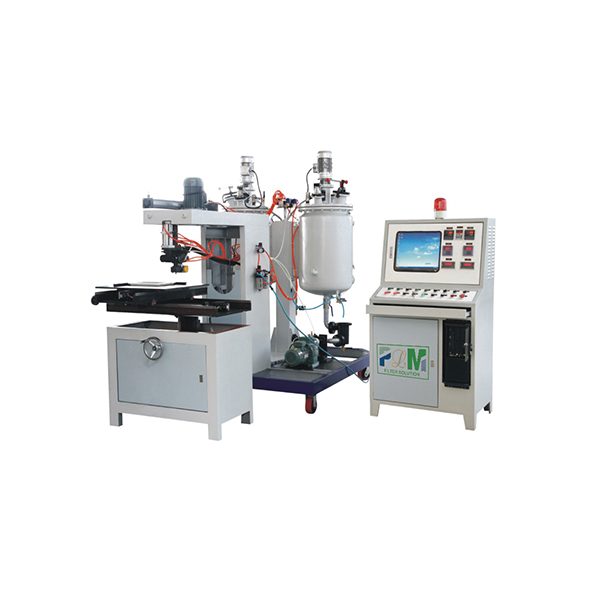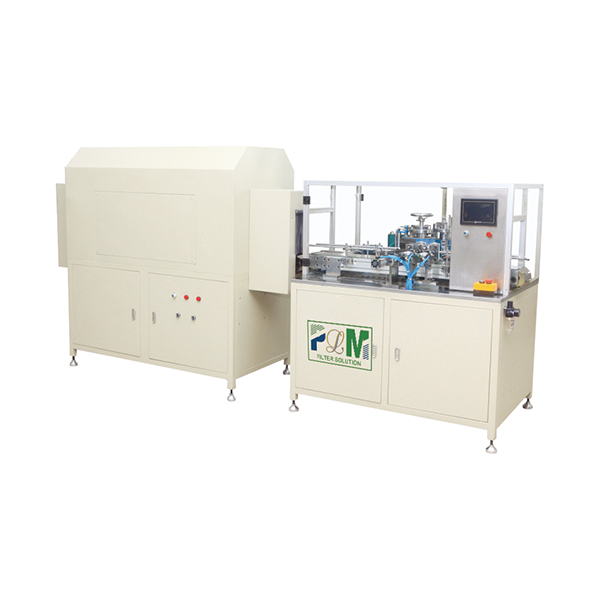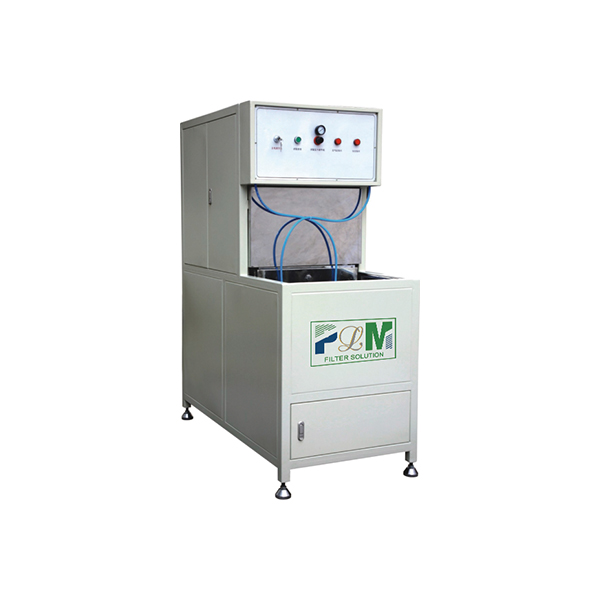Oct . 21, 2025 11:25 Back to list
Active Carbon Air Filter for Air Purifier | Odor Removal
Active carbon filters for air purifiers: what matters now, straight from the shop floor
If you’re shopping for an Active Carbon Air Filter For Air Purifier, there’s a good chance you’re looking for real odor and VOC removal—not just pretty marketing. I’ve spent way too many hours in factories and test labs, and, to be honest, the quiet heroes are the carbon bed, the binder, and the seal. A sloppy seal leaks; a great one disappears into the housing like it was born there.

Industry snapshot: 2025 trends (and a few surprises)
Carbon is having a moment. Indoor VOCs from paints, furniture, and cooking are driving demand. The shift to ISO 16890 classification plus stricter regional rules is pushing vendors to validate real gas-phase performance, not just dust. Also hot: lower pressure drop designs, recyclable frames, and PFAS-free binders. Many customers say they notice faster odor removal with higher iodine numbers, but the trick is balancing capacity with airflow.
Product specs at a glance
| Media | Granular activated carbon (GAC) or impregnated carbon (optional) |
| Iodine Number | ≈ 900–1100 mg/g (real-world use may vary) |
| Adsorption Capacity | Formaldehyde ≈ 120–180 mg/g; Toluene ≈ 200–280 mg/g |
| Initial Pressure Drop | ≈ 40–85 Pa @ 1.0 m/s |
| Frame & Seal | ABS/galvanized frame; PU cast-in-place gasket |
| Service Life | 6–12 months in homes; 3–6 months in heavy-VOC sites |
| Certifications | ISO 16890, RoHS, REACH; GB/T 18801 compliance data available |
How it’s made (the short but honest version)
- Materials: coconut-shell activated carbon, optional chem-impregnation, low-VOC binders, rigid frame.
- Forming: carbon loading and distribution to avoid channeling; mesh stabilization.
- Sealing: PU cast gasket using PU-20F Full-auto Casting Machine On Seal Packing In Filter Element—precision dosing keeps edge leakage ≈0.
- Curing & aging: ensures dimensional stability.
- Testing: pressure drop, VOC breakthrough curves (ASTM-style methods), odor panel (where applicable).
- Packing & traceability: QR-coded batch records.
The PU-20F line is made in East of anping county, hengshuicity, hebeiprovince,china 053600. The description reads, frankly, unglamorous—PU-20F Full-auto Casting Machine On Seal Packing In Filter Element 10—but the seals it produces are consistently clean. And that’s what you feel as “better air.”
Where it’s used
Homes and offices (paint, cooking odors), clinics and labs (solvent traces), hospitality (smoke, perfume), and light manufacturing. For purifier OEMs, the Active Carbon Air Filter For Air Purifier often pairs with an ePM1 or HEPA stage.
Vendor comparison (quick reality check)
| Vendor | Seal Method | Typical Lead Time | Customization | Notes |
|---|---|---|---|---|
| Factory using PU-20F (Hebei, China) | PU cast-in-place (automated) | ≈ 10–18 days | Dimensions, media load, impregnation | Tight leakage control; reliable batch data |
| Low-cost vendor | Manual foam strip | around 7–14 days | Limited | Risk of edge leaks; variable carbon fill |
| Premium brand C | Robotic PU + QA imaging | ≈ 20–30 days | Full OEM/ODM | Great, but pricey; excellent documentation |
Measured performance
Lab data (1.0 m/s): toluene removal 70% at 10 min, 50% at 30 min until breakthrough; formaldehyde 60% at 15 min. Pressure drop starts ≈60 Pa and stays stable. In a 72 m² apartment case study, TVOC dropped 65% within 48 hours with a Active Carbon Air Filter For Air Purifier + HEPA combo. Users reported “kitchen smells gone by morning,” which tracks with the adsorption curve.
Customization tips
- Target pollutant: pick impregnation for formaldehyde vs. broad-spectrum GAC.
- Airflow vs. capacity: increase bed depth or surface area if your fan can handle +10–20 Pa.
- Seal geometry: ask for PU gasket profiles matching your housing; the automated PU-20F line nails tolerances.
Final thought: specs are nice, but seals and stable carbon loading make the difference you can smell.
References
- ISO 16890: Air filters for general ventilation (2016–2024 updates).
- GB/T 18801: Air cleaner—Performance and safety requirements.
- AHAM AC-1: Method for measuring performance of portable household electric room air cleaners.
- ASTM D6646: Determination of VOC adsorption capacity of activated carbon.
Comprehensive Guide to Filter Caps: Applications, Benefits & Future Trends
NewsNov.24,2025Filter Paper: Essential Guide for Industry and Global Applications
NewsNov.23,2025Essential Guide to Filter Materials: Types, Applications, and Future Trends
NewsNov.22,2025Efficient Long Pulse Dust Collector Pleated Filters for Superior Industrial Air Quality
NewsNov.22,2025Professional Air Filter Making Machine – Efficient Air Filtration Production Solutions
NewsNov.21,2025PLAB-6 A/B Glue System-Hebei Filter Man|Precision&Adjustable Speed
NewsNov.21,2025






